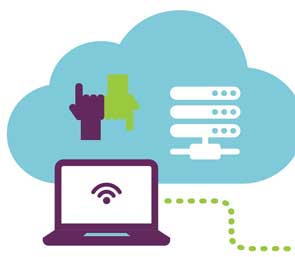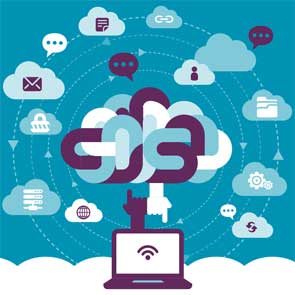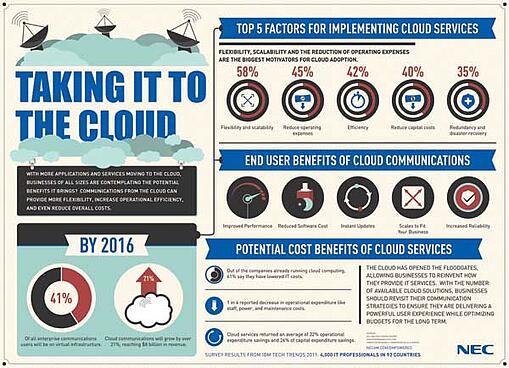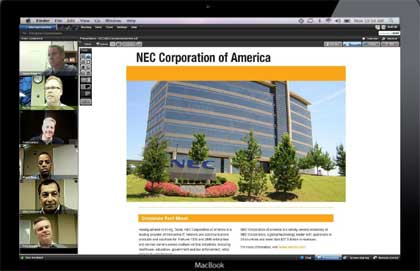Part Two: Modularity, Biometrics, and Smart Energy

The New Year is here, and our IT and Unified Communications experts are excited to present the trends and technologies that we believe will power The Smart Enterprise in 2014.
Part one of our series discussed the benefits and flexibility Advanced Mobility, Software Defined Tools, and High Availability can bring to the enterprise. In part two, we’ll take a look at additional trends that are becoming increasingly popular in helping businesses reduce costs.
Modularity
CIOs in the past have been very conservatively attached to their data centers. But the slow economic growth, reduction in IT budgets, and increase in cost of skilled IT workers has propelled a growing need for newer approaches to manage infrastructure assets. CIO’s are more vulnerable, and are looking to align enterprise IT services and strategies with expanding business requirements.
Alignment can be a complex endeavor, particularly in deciding where and how to deploy new equipment to accommodate current and future increases in demand. Modularity allows you to invest only in what is needed today, which reflects well on the company’s bottom line. It also allows for trimming up-front costs while leaving open the possibility of expanding or incorporating new technologies in the future.
Cloud-based services offer distinct cases for modularity. Modularity becomes more than just dividing physical space, but rather the allocation of specifc functions or workloads to an off-premises facility. Companies maintain the ability to deploy applications across the full range of today’s alternatives (physical, virtual, private cloud, public cloud) but benefit from the OPEX savings, and thus remain cost-competitive in their markets.
Biometrics
In recent years, performance improvement and cost reduction of sensors and processing technologies has spurred data collection and information extraction across a wide range of industry sectors.
Authentication by biometric verification—which is completed based on biological attributes of the person accessing the technology—is becoming increasingly common in corporate and public security systems, consumer electronics, and point of sale (POS) applications.
Biometric technology has matured rapidly over recent years. It helps travelers who’ve passed background checks move quickly through expedited security lines at airports. It permits first responders to be given instant admittance to an incident scene—and to be routed to exactly where they’re needed. It also protects our ports, federal buildings, and government resources by giving access to the individuals whose identities have been scrutinized and verified, while helping law enforcement secure those who have not.
Biometric software can composite fingerprint scans, retinal scans, geometric patterning (facial markers and body contours), and voice files and use them to recognize certain parties, enabling speedy and secure contextual interactions.
In addition to security, the driving force behind biometric verification has been convenience, as its use helps quickly make identifications within large numbers of people.
Smart Energy
Buildings consume approximately 40 percent of the world’s energy— far more than the transportation sector, according to The World Business Council for Sustainable Development (WBCSD). Regardless of age, nearly every building wastes energy. Buildings, the equipment used within, and tenants all represent a complex, interdependent system. Every structure runs differently, and energy consumption profiles and concerns differ across locations and structures, and seasons and occupancy levels. Advanced energy-saving solutions must cater to both time as well as place.
This is why Information and Communications Technology will play an increasingly vital role in an energy efficient society required to balance energy supply and demand.
Smart Buildings achieve enhanced environmental and economic performance by producing, storing, efficiently managing, and optimally controlling energy.
Energy waste can be minimized through systems that use individuals’ location information to enable automatic control of air conditioning and lighting. These systems control energy usage and enhance security by providing the positioning data of the people inside the buildings.
Within enterprises and data centers there will be an important focus on energy efficient technologies that help save power. Advances in renewable energy technology will also allow for the collection of kinetic energy, which now is usually wasted.
Our experts know that evaluating your company’s IT and Communications Solutions can be stressful. If you’ve been tasked with reducing costs and increasing efficiency, these are just a few of the solutions that you could consider to increase positive results. Since you have the option to choose the technology, solution, or strategy that makes the most sense for your business, be sure to read our first post in this series which covers other solutions that can help.
If you’re ready to learn all 10 Enterprise IT & Communication Trends for 2014, you can skip forward and download our eBook now.



 Many organizations are improving communications through the virtualization of real time applications such as voice and unified communications (UC). All the financial and practical benefits of traditional server virtualization still apply as companies consolidate voice and UC into their data center. Namely: reduced capital expense, improved efficiencies, reduced risk, plus the savings on operational expenses since voice and UC can be managed with all other business applications on shared infrastructure.
Many organizations are improving communications through the virtualization of real time applications such as voice and unified communications (UC). All the financial and practical benefits of traditional server virtualization still apply as companies consolidate voice and UC into their data center. Namely: reduced capital expense, improved efficiencies, reduced risk, plus the savings on operational expenses since voice and UC can be managed with all other business applications on shared infrastructure. 


 HITEC begins today, and our NEC hospitality team is looking forward to the trends that we will be seeing on the show floor. Here are some of our predictions:
HITEC begins today, and our NEC hospitality team is looking forward to the trends that we will be seeing on the show floor. Here are some of our predictions:












